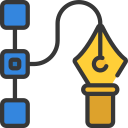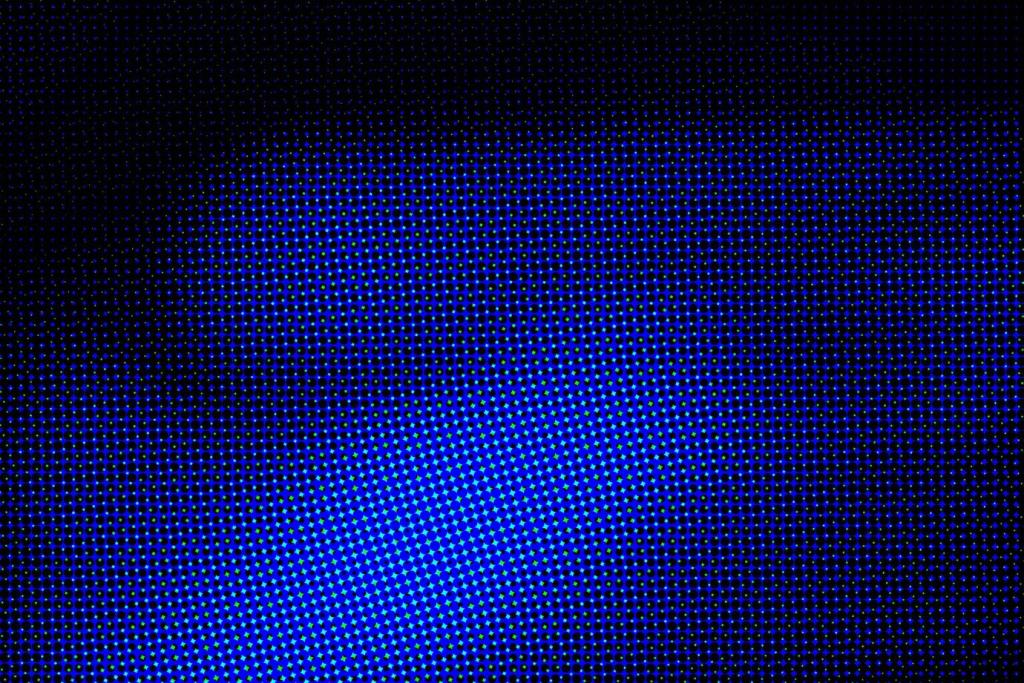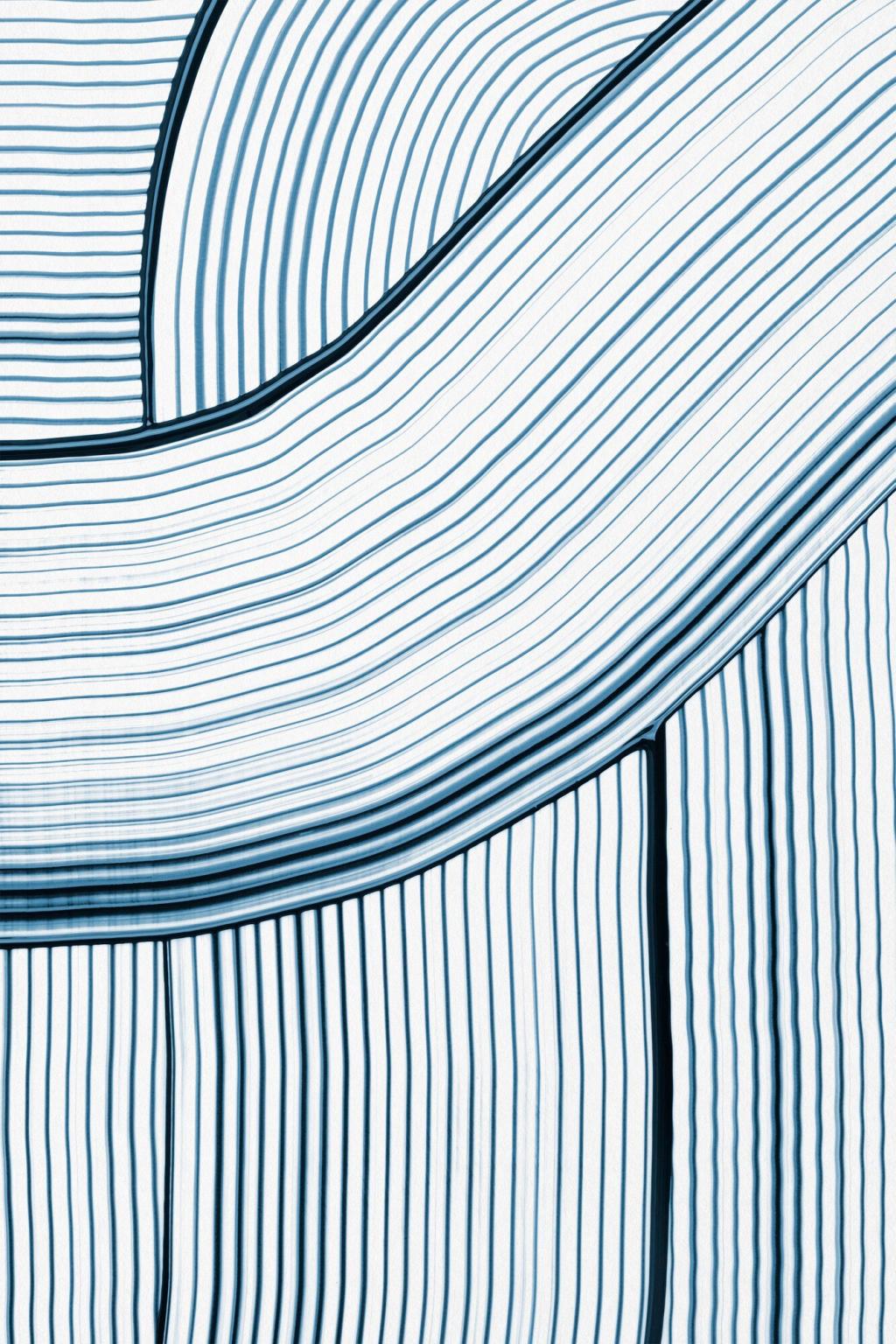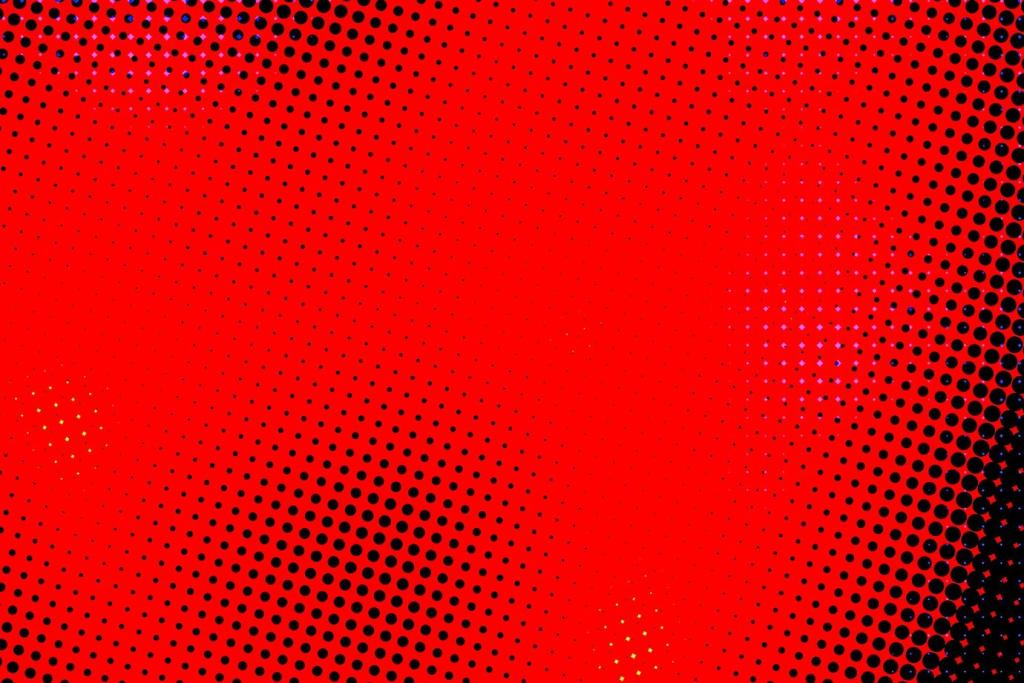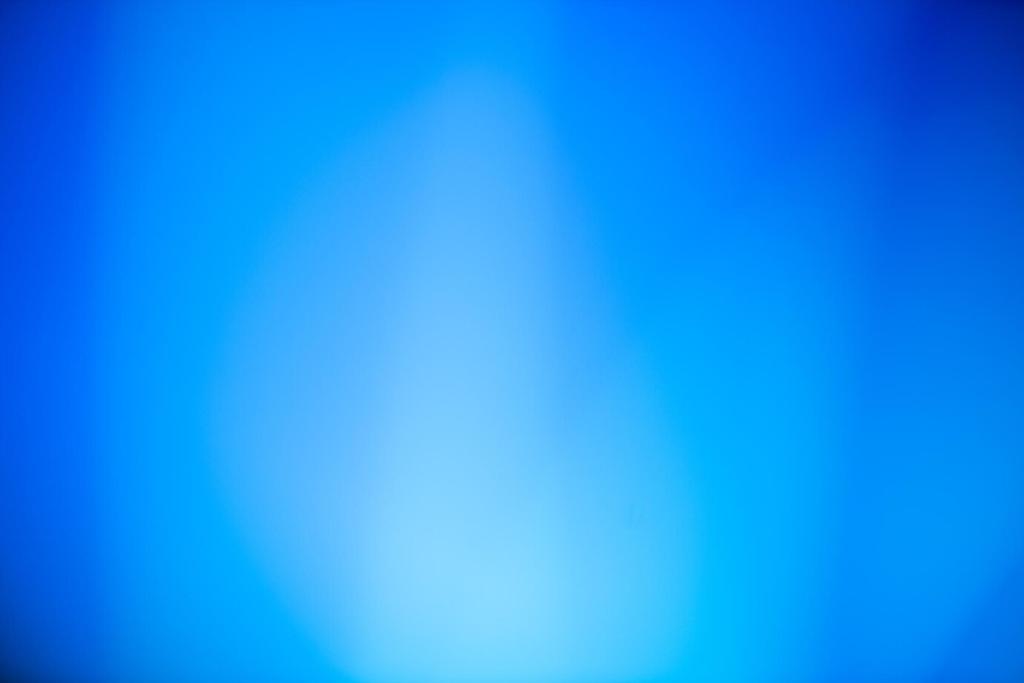UI and UX: Calmer Screens, Faster Decisions
Group related elements and surround them with generous padding. This visual breathing room improves scannability and speeds recognition. In usability sessions, interfaces with clear negative space consistently produce fewer errors, because users can spot primary actions without untangling visual clutter.
UI and UX: Calmer Screens, Faster Decisions
Buttons, form fields, and labels need consistent spacing to feel trustworthy. Space helps distinguish states, highlight priority actions, and make errors understandable. Treat margins like guardrails that keep attention on the path, guiding users from curiosity to completion without friction.
